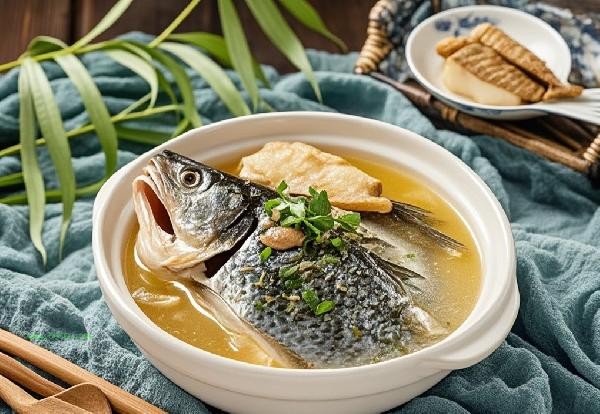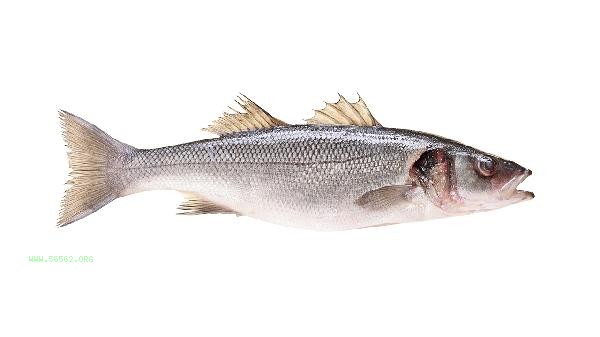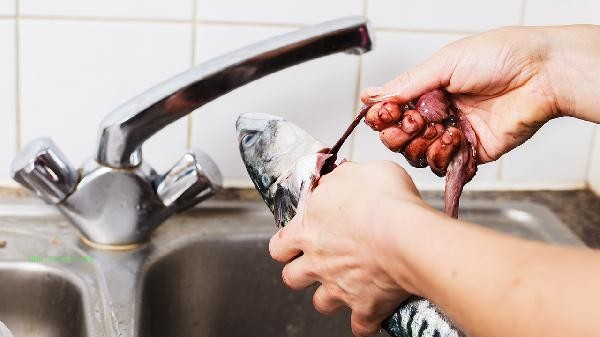Sea bass is rich in high-quality protein and various nutrients. Moderate consumption is beneficial for the growth and development of babies, but attention should be paid to the risk of allergies and mercury pollution. Sea bass contains components such as DHA, vitamin D, calcium, and phosphorus, which are beneficial for brain development and bone health. However, some babies may experience adverse reactions due to allergies or mercury accumulation.

1. Benefits
DHA in sea bass is a key substance for the development of the nervous system, which can promote cognitive function and visual development in infants and young children. Every 100 grams of sea bass contains about 0.5 grams of DHA, and its protein amino acid composition is close to the human body's needs, with a high absorption and utilization rate. Sea bass also contains a combination of vitamin D and calcium phosphorus, which can help with the calcification process of babies' bones and teeth, and prevent rickets. Taurine in fish helps with retinal development, while zinc can enhance immune function.

II. Disadvantages
Sea bass is a medium mercury risk fish, and excessive consumption may lead to the accumulation of heavy metals, affecting the development of the nervous system. Some babies may experience allergic reactions such as skin rash and diarrhea after consuming it, and should try a small amount for the first time. Breeding sea bass may have antibiotic residue issues, it is recommended to purchase through legitimate channels. Improper handling of fish bones may pose a choking risk, and parents should thoroughly remove the bones and make fish paste for feeding.

It is recommended that babies over 1 year old consume sea bass 2-3 times a week, with no more than 30 grams per time. The first addition should be observed for 3 days for any allergic reactions. When cooking, choose steaming to preserve nutrients and avoid frying or adding seasonings. If the family has a history of seafood allergies or if the baby experiences symptoms such as vomiting and rash, they should immediately stop eating. Can be paired with vegetables such as carrot puree and broccoli to balance nutrition, but should not be eaten with high oxalate foods to affect calcium absorption. Regularly changing fish species ensures nutritional diversity, and low mercury fish such as salmon and cod are also good choices.








Comments (0)
Leave a Comment
No comments yet
Be the first to share your thoughts!